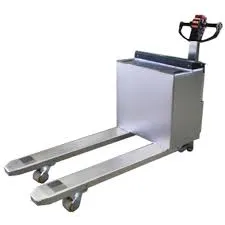


The Rise of Self-Locking Lifelines A New Era of Safety in Adventure Sports
In recent years, adventure sports have surged in popularity, drawing enthusiasts into exhilarating activities such as rock climbing, zip-lining, and high-altitude hiking. While these activities offer thrill and excitement, safety remains a paramount concern. One innovative solution that has emerged to enhance safety in these high-risk environments is the self-locking lifeline. This technology represents a significant advancement in safety gear, providing both convenience and protection for outdoor adventurers.
Self-locking lifelines are designed to secure individuals in case of a fall, utilizing a mechanism that automatically locks in place when tension is applied. This feature is especially beneficial in environments that demand quick responses and swift safety measures. For climbers and zip-liners, the ability to have a lifeline that engages automatically not only enhances safety but also allows them to focus on their activities without the constant worry of manual checks and adjustments.
The core technology behind self-locking lifelines integrates advanced materials and smart design. Most lifelines are constructed from high-strength synthetic fibers that can endure significant weight and stress. The self-locking feature operates through friction-based mechanisms or cam systems, which engage under load. This ensures that if a user falls, the line will instantly lock, preventing further descent and allowing for safer retrieval.

One of the most attractive aspects of self-locking lifelines is their versatility. They can be used in various settings, from amusement parks and adventure tourism to construction sites and rescue operations. For instance, in adventure parks, self-locking systems allow participants to traverse high ropes courses with minimal supervision. This not only streamlines operations but also enhances the overall experience by allowing more people to enjoy these attractions safely.
Moreover, the advent of self-locking lifelines has prompted a revision of safety protocols in adventure sports. Organizations now emphasize the use of technology to improve safety standards, recommending self-locking lifelines as essential gear. Training programs for instructors and safety personnel increasingly incorporate the proper use of these lifelines, ensuring that all participants are well-versed in their operation and benefits.
For companies manufacturing self-locking lifelines, the focus is on continual innovation. The rise of smart technology has led to the development of lifelines equipped with sensors that can monitor tension and detect falls. With the advent of such technology, users can receive immediate alerts about their safety status, further enhancing protection during high-risk activities.
In summary, self-locking lifelines represent a transformative approach to safety in adventure sports. By providing automatic locking mechanisms, these systems enhance security and allow adventurers to concentrate on the thrill of their pursuits rather than the intricacies of their gear. As these technologies continue to develop, we can expect even greater improvements in safety standards across various industries. With self-locking lifelines, the future of adventure sports looks exciting and safe—appealing to both seasoned thrill-seekers and newcomers ready to embrace the joys of the outdoors.



